Lizards are a diverse group of reptiles found around the world. In this guide, we explore some of the most iconic and fascinating lizard species, detailing their habitats, physical traits, and behaviors.
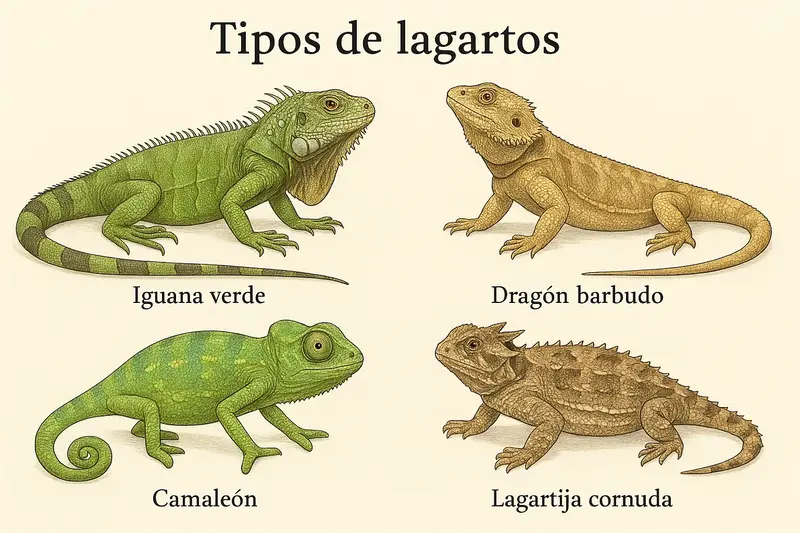
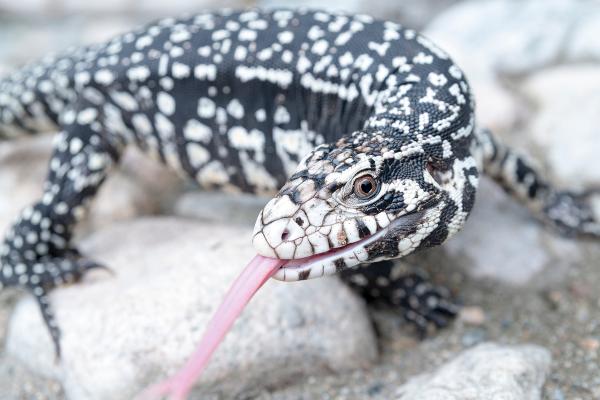
Native to northern and central Argentina, found in forests, wetlands, grasslands, and coasts. Dark body with white transverse spots forming tail rings. Omnivorous, oviparous, and ecologically beneficial. Active in warm months, hibernate in self-dug or reused burrows.
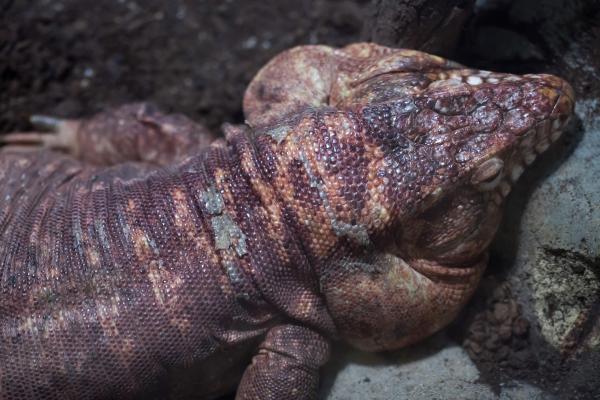
Large-bodied, reddish coloration with irregular dark patterns. Found in dry regions of Argentina. Shy and fast when threatened. Both tegu species are commercially hunted for leather and are listed under CITES Appendix II.
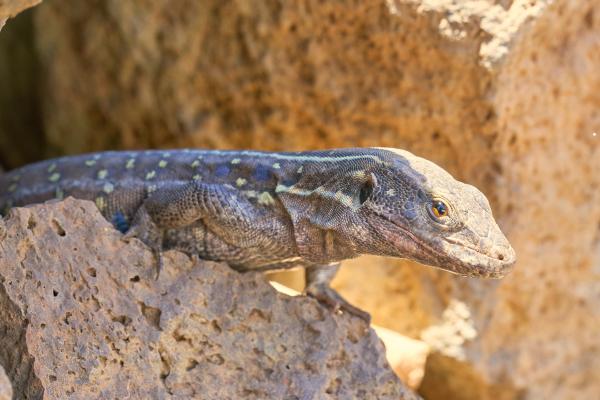
Endemic to Tenerife and La Palma (Canary Islands). Males have blue facial patches that intensify during mating season; females lack these and are cryptically colored. Diet includes insects and plants.
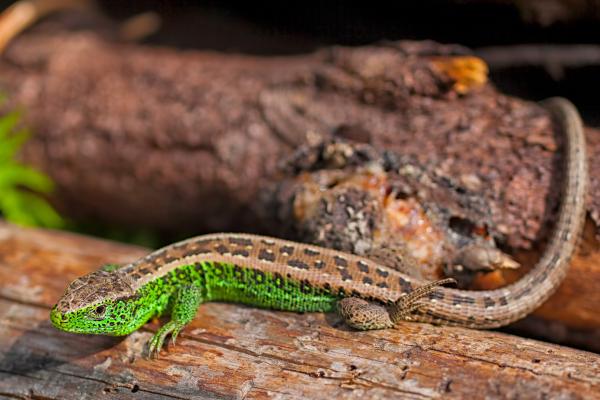
Found across Europe and Central Asia in varied landscapes. Males turn green in the breeding season; females are brown. Endangered in parts of Spain.

Inhabits shrublands and forest edges in Europe and parts of Asia. Males are green with black spots; both sexes develop blue jaws in spring.
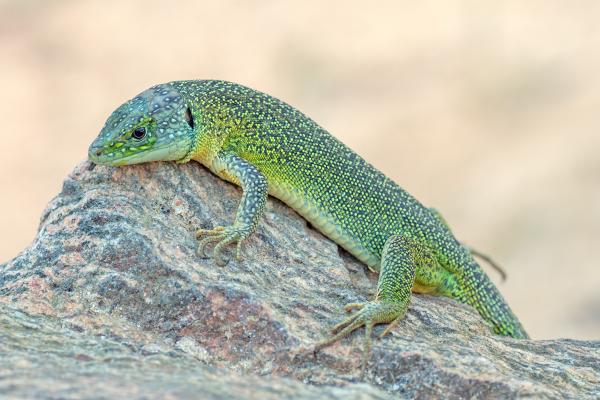
Formerly a subspecies of L. viridis, now recognized as a distinct species. Found in Europe and introduced to the U.S. Notably, its tail is longer than its body.
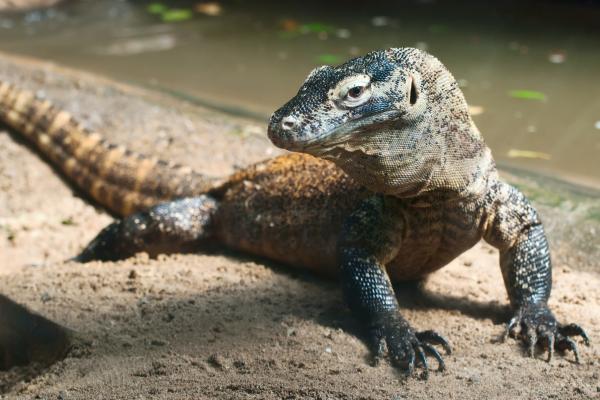
The world’s largest lizard, native to several Indonesian islands. Reaches up to 3 meters and 166 kg. Can consume 80% of its weight in a single meal. A top predator that uses venom-like compounds in its saliva to kill large prey.
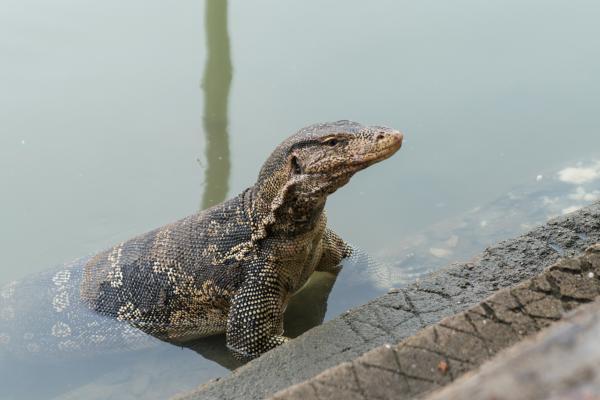
Second-largest lizard globally, widespread in Southeast Asia. Semi-aquatic; lives in mangroves, swamps, rice fields, and canals.

Native to almost all of Africa except the northwest. Muscular body, greenish-spotted back, strong jaws and claws. Invasive in Florida, USA.

A small species from Southeast Asia with elongated ribs and wing-like skin folds for gliding between trees. Feeds on insects and blends well with tree bark.

Found in northern Mexico and the southwestern USA. Covered in small spines with horn-like structures on the head. Lives in deserts, camouflages in sand to ambush prey and avoid predators.
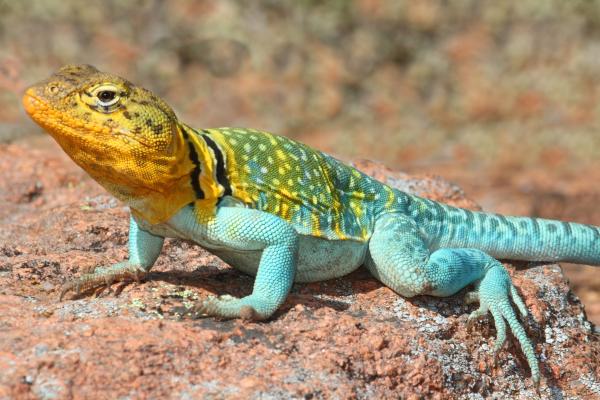
Native to arid regions of the southern USA and northern Mexico. Recognized by two black neck bands. Fast runner and excellent climber. Males are vibrantly colored.
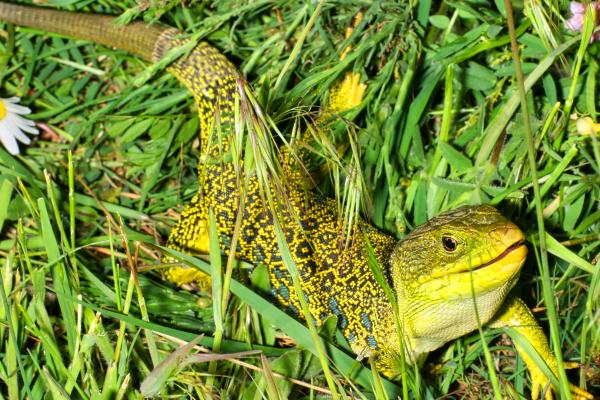
Native to southwestern Europe and northwestern Africa. Prefers open habitats with low vegetation. Large, green with blue spots ("ocelli") on the back. Strong claws and broad head.
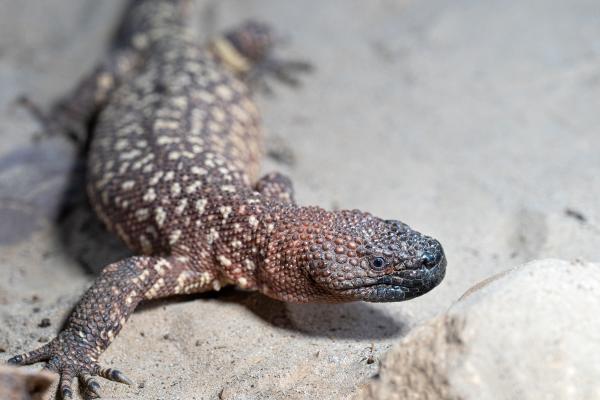
A venomous species found in the southwestern USA, Mexico, and Guatemala. Black with yellow spots. Forked, extendable tongue. Found in deciduous forests and pine-oak woodlands.

Endemic to Colombia’s western Andes. Small, slow-moving, with prehensile limbs and tail. Green-yellow color helps it blend into treetop vegetation.
animal tags: lizards
We created this article in conjunction with AI technology, then made sure it was fact-checked and edited by a Animals Top editor.